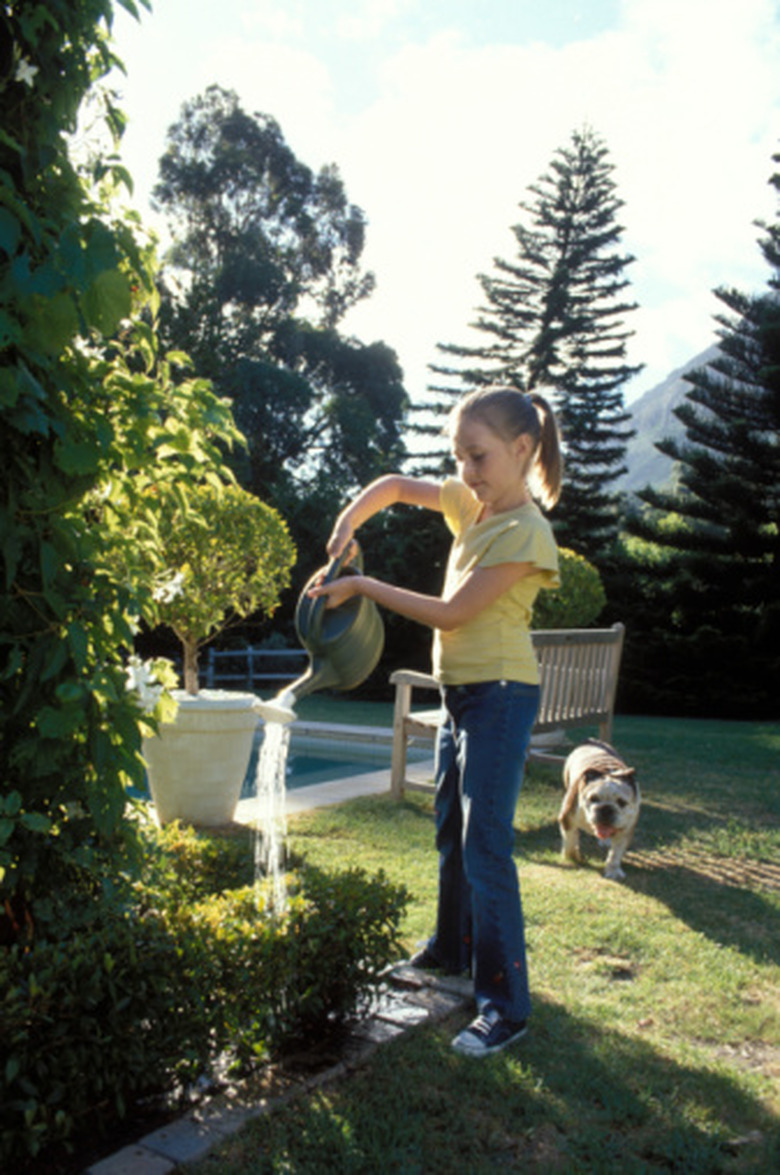What Is Causing The Center Of My Gold Thread Cypress Plants To Turn Brown?
Gold Leaf cypress shrubs make interesting landscape plants with their golden, threadlike foliage. The plants adapt to many soil types and are hardy between U.S. Department of Agriculture plant hardiness zones 4 through 8. Improper growing conditions or care are the likely causes of a brown center, although disease and insect infestation may occasionally cause browning.
Excessive Pruning
Excessive Pruning
Gold Leaf cypress requires pruning only to remove straggly, uneven tips or dead growth. Avoid sheering the shrub, which encourages heavy outer growth that can shade the interior, causing it to become brown or sparse and spindly. Do not prune Gold Leaf cypress back past the point of new growth because it may not grow back, leaving dead, brown leaves and stumps.
Disease
Disease
Cankers are open sores visible on the branches or main trunk of the Gold Thread cypress. The leaves around the infected area often turn brown. Prune out infected areas and plant canker resistant varieties. Once the cankers reach the main stem, the plant will likely die. Rust is a fungal disease that causes brown leaves and red or orange pustules to form. The branches may have galls, or small bumps. Avoid overhead watering, which spreads the disease, and rake up and remove any foliage and branches in the fall. Rust is usually self-limiting and rarely usually does not require further treatment.
Growing Conditions
Growing Conditions
Gold Thread cypress plants grow best in full sun and well-drained soil. In shade, they become spindly and lack their characteristic yellow color. The plants may rot in constantly wet soil. Plant Gold Thread cypress in a location protected from drying winter winds or wrap them in burlap. Without protection, the plant may become dessicated, or dried out, and develop brown patches in areas with severe winters. Drought may also cause the plant to become brown. Water weekly during the summer in the absence of rain. Water once a month in the winter during dry conditions.
Insects
Insects
Many insects may infest Gold Thread cypress, including bark beetles, scales, tip miners and aphids. These insects typically cause damage to the tips of the plant, rather than the center. Look for signs of insect infestation, such as a sticky residue, white growths on the leaves or piles of sawdust around the base of the plant. Contact an extension office to identify the insect pest positively. Treat with insecticidal soap or a pesticide labeled for that particular insect.
